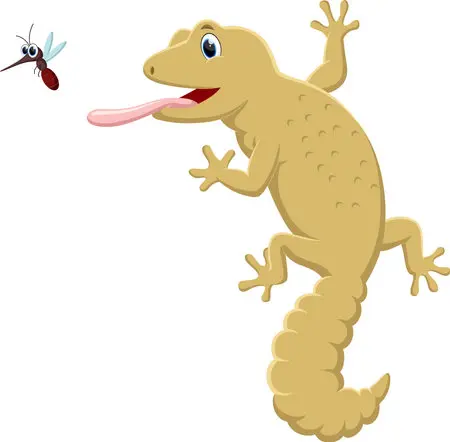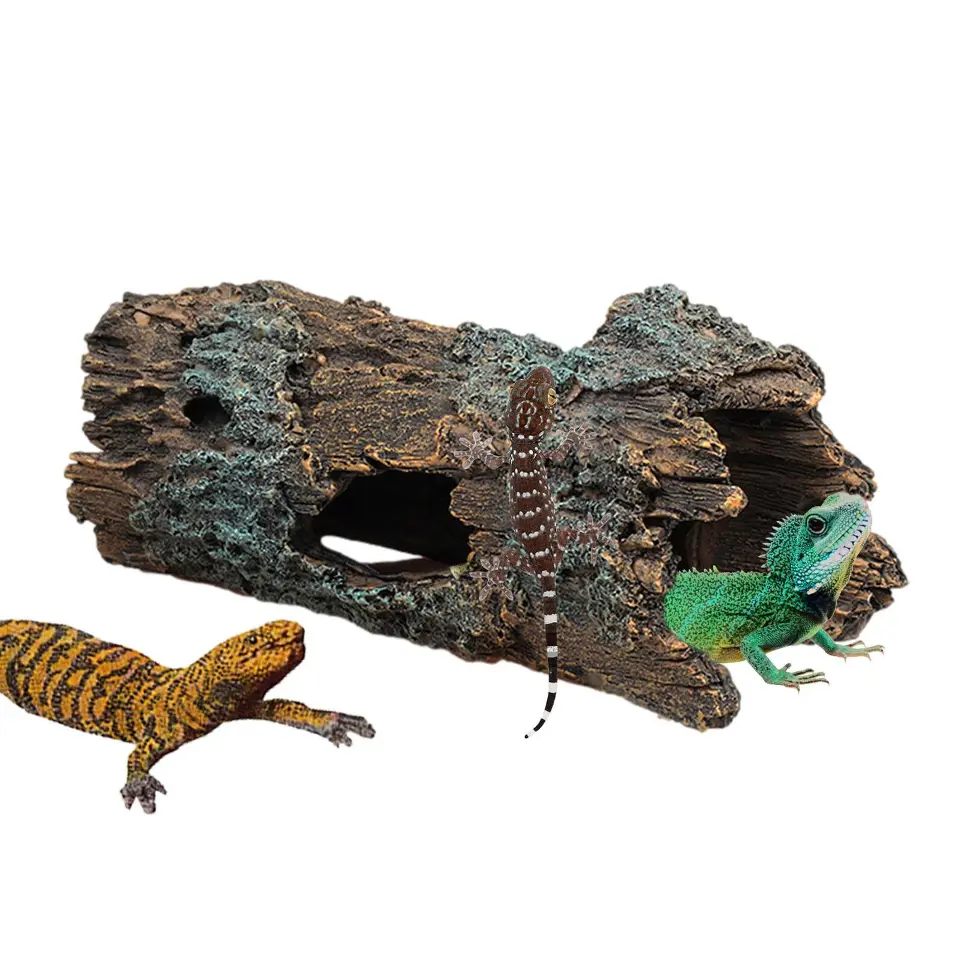Keep the Creepy Crawlers at Bay: Your Ultimate Guide to Managing Lizards!
Lizard (Hemidactylus frenatum)
Size: 4–6 inches (10–15 cm) in length
Color: Typically brown or gray with speckled patterns
Body Shape: Slim, elongated body with a flexible tail
Legs: Four strong, clawed legs for climbing
Eyes: Large, round, and alert
Mouth: Small with sharp teeth adapted for catching insects
- Known for their ability to climb walls and ceilings effortlessly
- Tail regeneration is a common feature if injured

Feeding Preferences
House lizards primarily consume small insects and other tiny invertebrates that are abundant in commercial spaces. They are skilled hunters, preying on flying or crawling organisms found in kitchens, storage rooms, or near food preparation areas. Their diet consists of ants, flies, moths, beetles, and other similar pests that are easily accessible in these environments. They rely on their sharp eyesight to track and catch their prey, especially at night when activity levels of these organisms are higher. Keeping areas free of these small invaders can help limit the presence of house lizards by reducing their food sources.

Habitat
House lizards are commonly found in warm, sheltered areas where they can find access to food and safety. In commercial spaces, they tend to stay in undisturbed corners, near walls, or under equipment where there is low human activity. These reptiles are often seen in areas with insects, as they are natural predators and rely on such prey for sustenance. They prefer spaces that offer both protection from predators and proximity to potential food sources, like areas near storage spaces, kitchens, or utility zones. Regular cleaning and maintenance can discourage their presence by eliminating access to their food supply.

AIR Approach for House Lizard:
- Assess: Inspect your property for signs of lizard activity, such as droppings, shed skin, and sightings. Focus on entry points like windows, doors, and cracks where lizards might enter, and assess the severity of the infestation.
- Implement: Use targeted control methods such as lizard repellents, traps, and natural deterrents like essential oils (peppermint, eucalyptus) to discourage lizards from entering your home. Seal cracks and entry points, and reduce insect populations to eliminate their food source.
- Review: Regularly monitor your property for signs of lizard activity and adjust control measures as needed. Continue preventive measures such as maintaining cleanliness, sealing potential entry points, and reducing insect populations to prevent future infestations.
Frequently Asked Questions
No, they are harmless and primarily prey on insects.
Sealing entry points and maintaining cleanliness can discourage their presence.
House lizards rarely bite, and when they do, it is not harmful to humans.
They are attracted to spaces with an abundance of insects and warm hiding spots.
No, they are typically solitary creatures that prefer to stay alone.
Using natural repellents or eliminating food sources can deter them.
They do not cause significant damage but may leave droppings in commercial spaces.